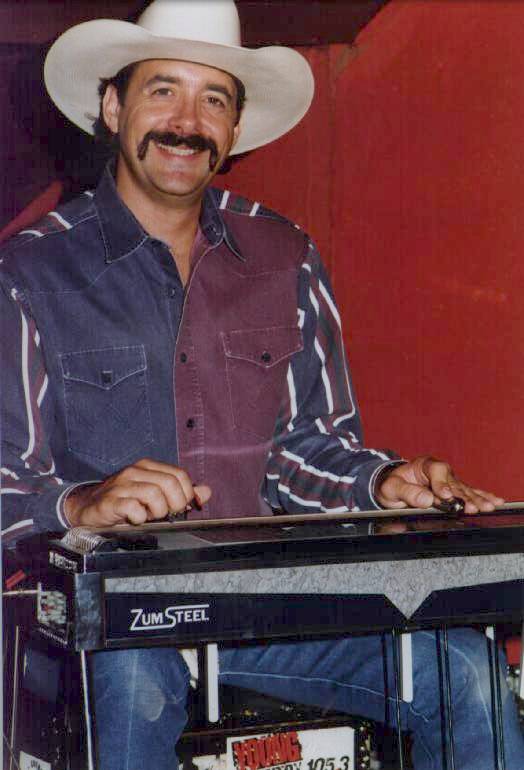Danny Naccarato's Copedent
Zumsteel & Mullen E9/B6 Universal Tuning


LKLO LKL LKV LKR 1 2 3 4 5 6 RKL RKR
1 .013 F# ____________+G___+G#_______________________+G_________________
2 .015 D# _-C#_____________-D___________________________________________
3 .011 G# ___________________________+A_________________________________
4 .014 E ________________________________+F#_________________+F___-Eb__
5 .017 B _______-Bb____________+C#_______+C#____________+C#____________
6 .020 G# ___________________________+A__________________+A#____________
7 .026 F# ____________-E_____________________________-F_________________
8 .030 E _________________-D_________________________________+F___-Eb__
9 .036 B ______________________+C#____________+C_______________________
10 .042 G# ___________________________+A_________________________________
11 .054 E _____________________________________-D# __+F_________________
12 .068 B _____________________________________-G# __+C#________________ Having the 2nd string half tone lower together with the first string half tone raise gives some real nice counterpoint stuff. Also, normally you never use one of these 2 strings if you are raising or lowering the other.
You eliminate the C6 Pedal 6 by lowering the 8th string E to D, while simultaneously releasing the E lever, effectly raising the 4th string Eb back to E.
I have found that lowering the B to Bb (5th string) on the LKL, instead of LKV, is more comfortable and works with the 1st pedal much more effectively.
Danny Naccarato, Ft. Worth, Texas danny@jms-sys.com.
| Copyright ©2000 by Danny Naccarato |